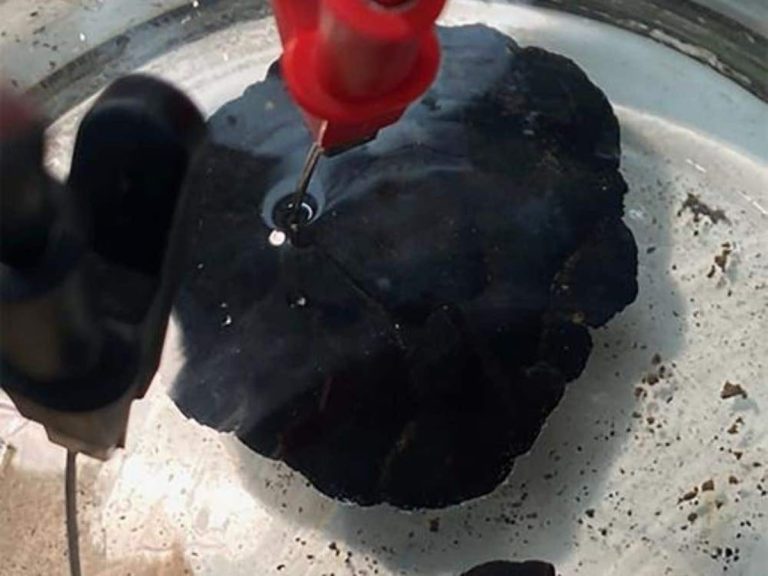New research suggests that metals on the deep sea floor produce “dark oxygen” 13,000 feet below the ocean's surface.
The discovery calls into question the long-held assumption that Earth's oxygen is produced exclusively by photosynthetic organisms such as plants and algae, which use sunlight, water and carbon dioxide to create fuel and oxygen.
It might even raise questions about how life on Earth began.
The study shows that oxygen can be produced on the ocean floor, even in the dark, and can support aerobic marine life in complete darkness.
Andrew Sweetman of the Scottish Association for Marine Science (SAMS) discovered “dark oxygen” during a ship survey of the Pacific Ocean.
He said: “We understand that oxygen was necessary for aerobic life to emerge on Earth, and that Earth's oxygen supply began with photosynthetic organisms.”
“But we now know that oxygen is produced even in the lightless depths of the ocean, so I think we need to rethink questions like where aerobic life began.”
Professor Sweetman made the discovery while taking seafloor samples from the Clarion-Clipperton Belt, a mountain-like underwater ridge along the ocean floor that stretches for about 4,500 miles along the northeastern quadrant of the Pacific Ocean.
When he first detected oxygen, he thought the equipment must be broken.
“When we first got this data we thought the sensor must be faulty because all previous studies in the deep ocean had only observed oxygen being consumed, not produced,” Prof Sweetman said.
“We went home and recalibrated the sensor, but after 10 years it still gave abnormal oxygen readings.”
The scientists then decided to try a different method, but with the same results.
“When we got the same results using both methods, we knew we had found something revolutionary and unexpected,” Prof Sweetman said.
At the heart of this discovery are natural deposits called polymetallic nodules that form on the seafloor.
It is a mixture of different minerals and ranges in size from tiny particles to the size of an average potato.
Co-author Franz Geiger from Northwestern University in the US said: “These oxygen-producing polymetallic nodules contain metals such as cobalt, nickel, copper, lithium and manganese, all important elements used in batteries.”
“Currently, several large mining companies are aiming to extract these valuable elements from the ocean floor at depths of 10,000 to 20,000 feet.
“We need to rethink how we mine these materials so we don't deplete oxygen sources for deep-sea organisms.”
In previous research, Professor Geiger found that rust can generate electricity when mixed with saltwater.
The researchers investigated whether deep-sea nodules could generate enough electricity to produce oxygen: just 1.5 volts, the same voltage as a typical AA battery, is enough to split seawater.
The study found that voltages of up to 0.95 volts could be recorded on the surface of a single nodule, and that when multiple nodules are clustered together the voltage could be even greater, like batteries connected in series.
“We appear to have discovered a natural 'geobattery',” Professor Geiger said.
“These geobatteries could be the basis for explaining dark oxygen production in the oceans.”
The findings are published in the journal Nature Geoscience.

